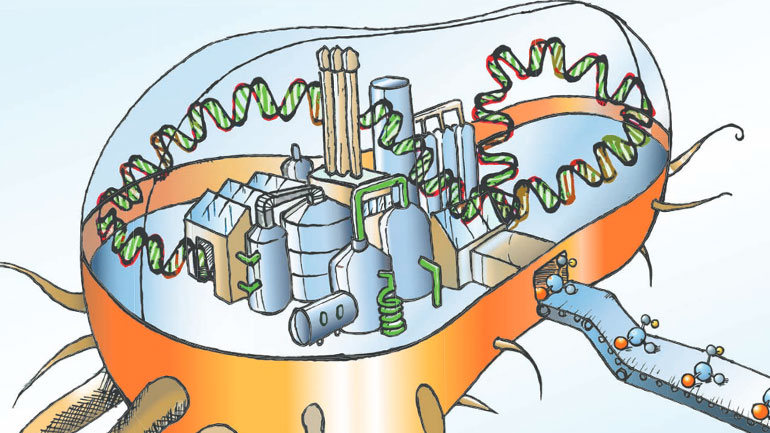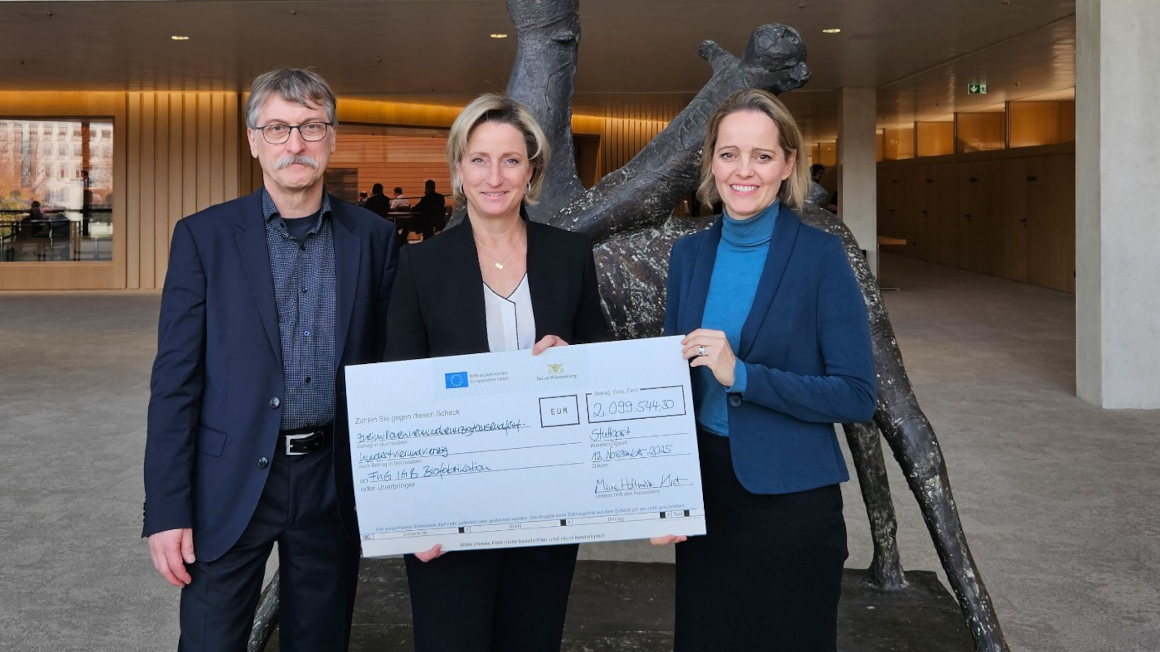3D skin models to reduce allergens
Researchers at the Mannheim University of Applied Sciences and BRAIN AG develop new three-dimensional skin models. These allow for more realistic screenings for health care and cosmetics.

The skin is the largest organ of the human body and fulfils a number of vital functions. However, the skin is also under constant “attack” – by the sun, water or allergens in clothing and cosmetics. In order to minimise or even exclude allergens in such products, they are tested on skin models in cell culture. For a better understanding of skin physiology the Mannheim University of Applied Sciences (MUAS) and BRAIN AG are developing a new three-dimensional skin model with the aim to provide new insights for health care and cosmetic applications.
Research and industry band together
The research project Multimodal Analytics and Intelligent Sensorics for the Health Industries (M2Aind) is a Public-Private-Partnership project led by MUAS and sponsored by the German Federal Ministry of Education and Research (BMBF). Kick-off was in January 2017 and the funding amounts to €6 million for four years, with the option for another four years, depending on positive midterm reviews. Currently there are 37 partners from research and industry taking part in the project, and the project partners already published their first review article in the “Journal of Cellular Biotechnology”. The article details the composition as well as principal features and functions of human skin. It discusses the setup, prerequisites, advantages, and disadvantages of currently available in vitro 3D skin models, and compares them in a comprehensive overview table.
3D models allow for more realistic insight
Breakthroughs in 3D skin modelling are perceived as potential game changers for various market segments, because many research and development activities for new skin applications are still partly based on 2D cell culture. However, the multicellular setting of 3D models allows for a much better interaction of cells with each other and with the extracellular matrix. They are therefore much more representative of the in vivo environment of human skin. Newer technologies focus on organising the cells in spherical micro-tissues with the advantage of allowing better standardisation and automatisation for industrial applications.
Visualising molecular processes in real-time
However, application for industry is still quite restricted due to limited methods available to analyze the fast biological processes that take place within the cell. The goal of the M2Aind project of MUAS and BRAIN is to overcome this limitation by developing new technologies that can visualise the molecular processes that are ongoing in the different skin layers in 3D spheroids in real-time and with high-resolution. The future aim is to develop and apply novel technologies using human stem cells in personalised diagnostics and therapies as well as for the field of regenerative medicine.
jmr


